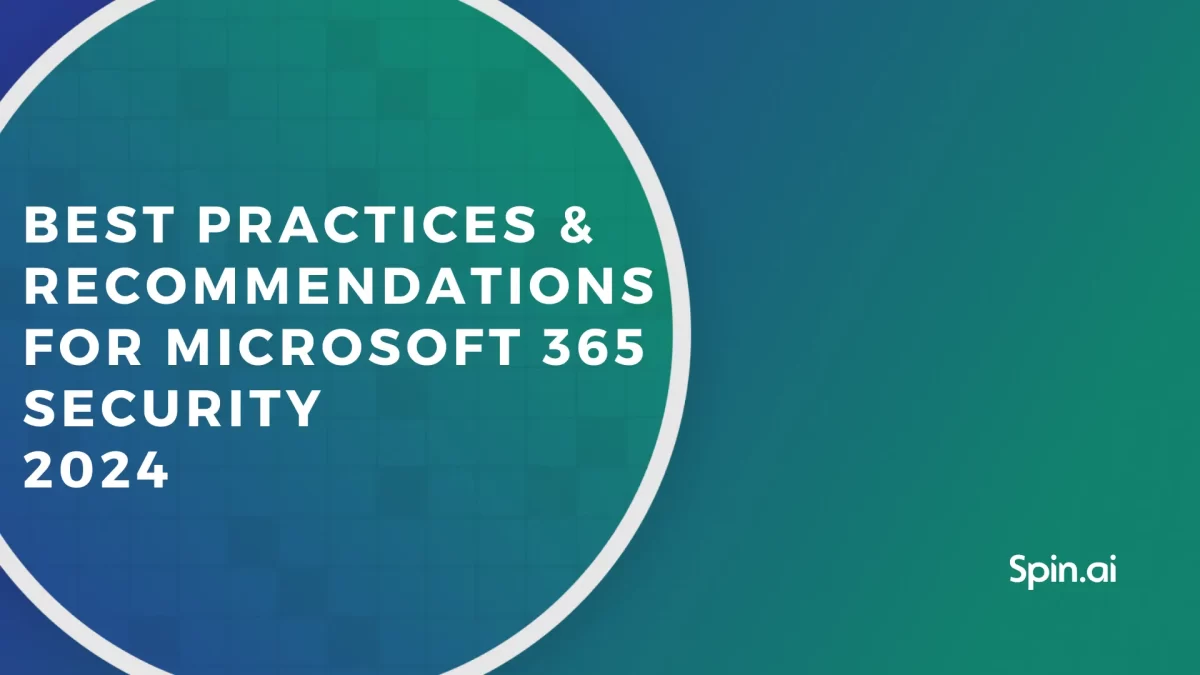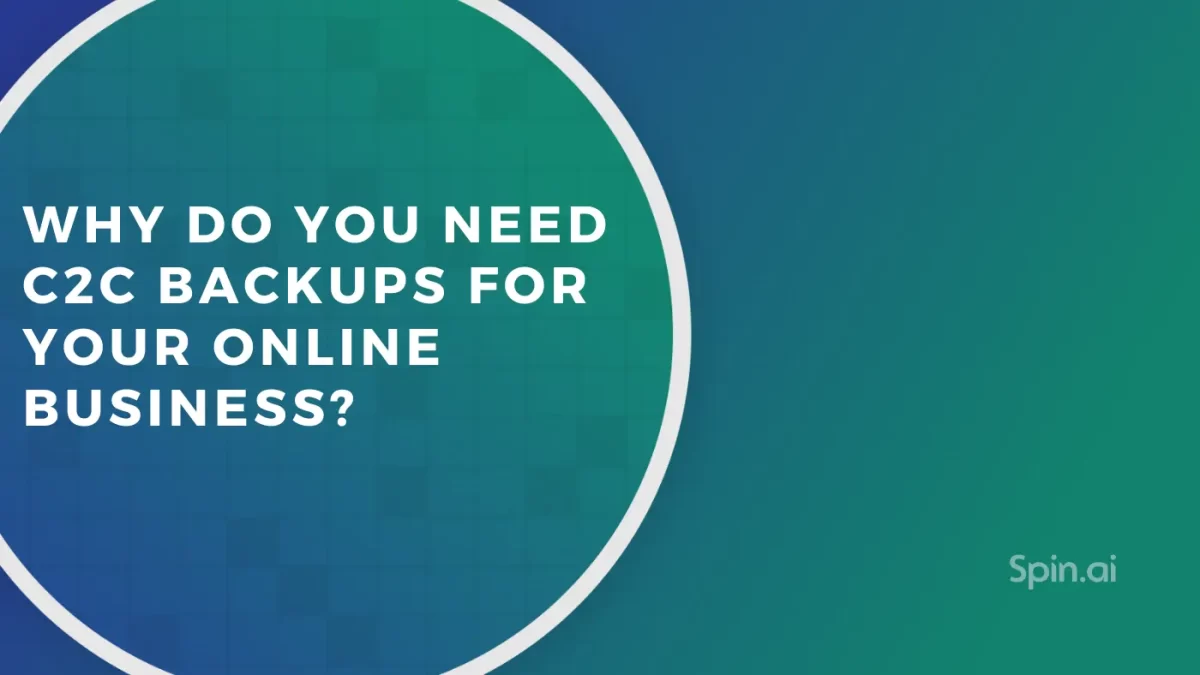Office 365 Migration Guide

The first part of the Office 365 Migration Guide Migrating from On-Premise to Microsoft Office 365 explains why organizations prefer Office 365 over Google Workspace migration. Microsoft has certainly architected a powerful and fully featured solution for organizations in the Office 365 offering.
Office 365 builds on top of the very familiar Office suite of products that most enterprise environments have been using for years. This trusted and well-known platform provides one of the key reasons that many organizations choose Office 365 for public cloud – familiarity.
Office 365 is a useful tool for businesses to work together and be more productive. It has many features and helps with communication. However, there can be difficulties when moving from a local system to the Office 365 cloud. What are some of the challenges that organizations meet when considering a migration from on-prem to Microsoft’s Office 365 public cloud?
Challenges to Migrating Data from On-Premise to Microsoft Office 365
There are several primary challenges among many that can present obstacles to organizations looking to migrate from on-premise to Microsoft’s Office 365 environment. Let’s look at the following challenges with migration to Office 365.
- Lack of Cloud expertise, specifically Office 365
- Processes and Procedures
- Disaster Recovery
- Cloud Security Management
How can the above challenges be met by organizations considering the move from their own enterprise data center up to the Microsoft public cloud in the form of Office 365?
Obtaining Microsoft Office 365 Skills Needed for Migration
Migration to Microsoft Office 365 public cloud environment has advantages from a learning perspective when compared to other offerings in the public cloud space. Microsoft has such a tremendous stronghold on the enterprise environment when it comes to applications and services. This helps with the learning and skills phase both for IT as well as for end users and can help organizations make the decision to go with the Microsoft Office 365 offering.
For administrators, the back-office servers they are used to administering are very familiar when moving to Office 365. Such server products as Exchange Server or SharePoint Server have the same look and feel when administering these products in the public cloud as they do with on-premise installations.
Microsoft has done a really great job at keeping the products consistent across the platforms which definitely allows IT administrators to make an easy transition with administration. End users who are used to using Word, Excel, PowerPoint, and Outlook will find migration to the Office 365 public cloud equally as easily.
There can still be challenges with the complexities of migrating data. Generally, as is the case with G Suite and other public cloud environments, this starts with email. There are many resources available for Microsoft Office 365 migration learning found online. Just a few of the resources available include:
Deploying O365 in your organization
This is a step-by-step guide for IT administrators on how to deploy Office 365 in their organization.
Office 365 Learning Center
Provides more end-user resources in using Office 365 application.
As with G Suite and other public cloud solutions, there are many Microsoft partners that organizations can reach out to as an additional option to perform the migration with their own IT personnel.
Microsoft Office 365 and Existing Processes
Existing processes and procedures can be an especially difficult pain point for organizations moving to the public cloud in general. This can still be a challenge with migration from on-premise to the Office 365 public cloud. However, again, Microsoft has a bit of an advantage with other solutions in the familiarity with the Microsoft solutions in most enterprise environments is much stronger than other solutions out there. IT administrators and end users alike already use Microsoft products.
This at least alleviates a good bit of the learning curve at least with end users. Administering O365 environments is notably different than on-premise server administration for IT administrators, however, it is at least familiar products and a bit of the same familiarity with tooling.
Microsoft offers quite a few resources to help administrators get started migrating organization email to the O365 public cloud.
A great resource for that is found here.
Organizations running later versions of Exchange Server can benefit from the tight PowerShell integration which is a powerful scripting language used by Microsoft administrators both on-premise and in the public cloud. PowerShell can alleviate much of the heavy lifting that administrators have to do during the migration phase. However, organizations may not have anyone who is PowerShell savvy on their team. Again, there are resources for this as well.
Overall, existing processes most likely will be altered, but Microsoft has an advantage in this realm with familiar products and tooling as well as great automation support with PowerShell.
Microsoft Office 365 Disaster Recovery and Security Management
Microsoft like most other public cloud vendors will certainly tout the robust resiliency to hardware and other typical data center failures. The types and scale of the data centers that Microsoft and the other major players are able to build out are certainly impressive and tout uptimes that private enterprise data centers could only dream of.
Looking at the Microsoft Office 365 Service Health and Continuity page found here Microsoft mentions several key features of their high availability features found in Office 365:
- Customers are able to view Service status
- Service incident notifications
- Notification of any service interruptions are sent via:
- Office 365 Admin App
- Office 365 Management Pack for System Center
- Office 365 Service Communication APIs
- Post-incident reviews are sent out to customers for non-planned outages
- Data availability is ensured in line with the Office 365 SLA
However, as pointed out in the “Backing up email in Exchange Online” article, Microsoft mentions, “…point in time restoration of mailbox items is out of the scope of the Exchange service…” Where does this leave organizations with disaster recovery? Most if not all the disaster recovery scenarios that organizations encounter with public cloud environments such as Microsoft Office 365 is going to be user-related.
Customers are much more accustomed to on-premise with being able to perform point-in-time restores. This generally aligns much more effectively with enterprise environments and their disaster recovery needs. Disaster recovery is simply an area where public cloud environments fall short.
What about security? Microsoft rolled out the Advanced Security Management platform in 2016 for Office 365 environments. The Advanced Security Management solution features:
- Threat Detection – identifies high-risk and abnormal usage and security incidents
- Enhanced control – provides granular control and security policies
- Discovery and insights – Enhanced visibility into Office 365 usage and shadow IT without agents installed on end user devices
Microsoft offers the Advanced Security Management platform to Office 365 E5 subscriptions for free, however, with all other plans this is a $3 add-on per user per month.
Spinbackup Now Provides World Class Data Protection and CyberSecurity to Microsoft Office 365
Many who are familiar with Spinbackup in the realm of Google G Suite can now have the same powerful data loss and data leak protection as well as cybersecurity in Office 365 environments. The soon to be released offering from Spinbackup is an extremely robust and powerful solution that provides an extremely cost-effective solution that simply cannot be found in the native Office 365 offering.
Spinbackup provides the total solution for public cloud backups and security. The powerful API-based CASB that is armed with machine learning algorithms provides organizations with the following:
- Automated Daily Backups – Automated configurable daily backups that are encrypted in-flight and at rest. This provides the ability to have multiple versions of files and data. Additionally, it provides the ability to restore files that have been deleted.
- Ransomware Protection – Ransomware is an extremely dangerous problem for enterprise environments today. This extends to public cloud environments. Spinbackup provides extremely powerful ransomware protection that proactively monitors and restores files that may be affected by ransomware.
- Third-party Apps Control – Third-party app integrations with Office 365 environments can potentially create security risks for organizations who may have risky third-party apps integrated into the environment by end users. Spinbackup allows effective control of these applications and integrations into Office 365.
- Sensitive Data Protection – Data Leakage control allows organizations to prevent leakage of sensitive data outside the organization’s Office 365 boundaries.
- Insider Threat Detection – With Insider Threat Detection, any end user-related anomalies can be brought to light and give visibility to otherwise undetected malicious or unscrupulous end user activity.
The verdict is simple – Office 365 backup with Spinbackup is a much more secure and resilient solution when compared to Office 365 without Spinbackup.
Concluding Thoughts
In the third portion of the series, with the past two posts, we have taken a look at migrating from on-premise environments to Microsoft Office 365. Microsoft Office 365 provides an extremely familiar set of applications and tools that most enterprise environments today are familiar with already. This helps to alleviate much of the migration challenges encountered with process and other procedural changes both for IT administrators as well as end users. Office 365 is a monolithic all-encompassing solution that can provide tremendous capabilities to even small organizations.
When thinking about two of the most challenging topics for organizations with migrating from on-premise to the public cloud, backups and security, Spinbackup now allows organizations moving to the Office 365 public cloud to have the same robust data loss and data leak protection as well as cybersecurity benefits found for G Suite in Office 365 environments.
The cost-effective solution provides better features for disaster recovery and security than the upper tiers of Office 365 native functionality. What about migrating from G Suite environments to Microsoft Office 365? What are the challenges of this migration between public clouds? We will cover this topic next.
Was this helpful?
- Challenges to Migrating Data from On-Premise to Microsoft Office 365
- Obtaining Microsoft Office 365 Skills Needed for Migration
- Microsoft Office 365 and Existing Processes
- Microsoft Office 365 Disaster Recovery and Security Management
- Spinbackup Now Provides World Class Data Protection and CyberSecurity to Microsoft Office 365
- Concluding Thoughts
How Can You Maximize SaaS Security Benefits?
Let's get started with a live demo
Latest blog posts
Microsoft 365 Security Best Practices and Recommendations 2024
February 9, 2024Micorosft 365 is a business-critical cloud environment that contains terabytes of sensitive information. Protecting this... Read more
What data can be backed up from Microsoft 365?
January 5, 2024Microsoft 365 services contain business-critical data. However, none of the services has an in-built backup... Read more
Why do you need C2C backups for your online business?
January 1, 2024The amount of business-critical data stored in the cloud is increasing exponentially. So are the... Read more


